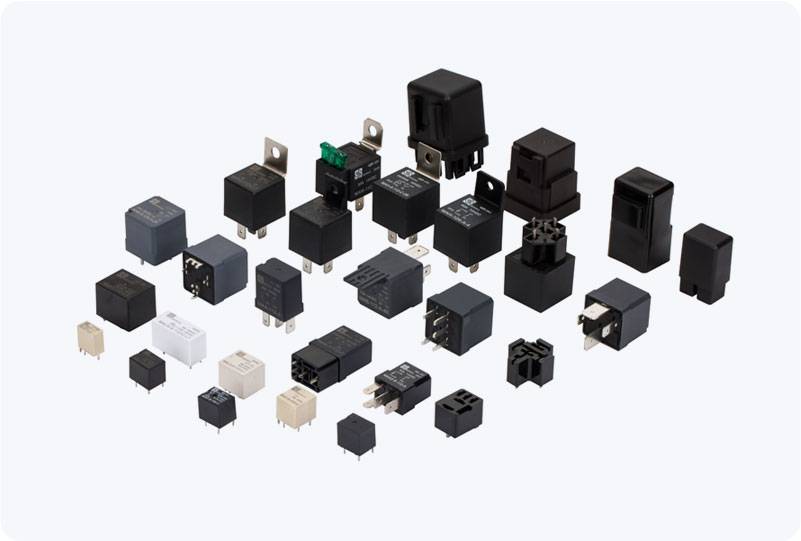high voltage dc relay for new energy vehicles: key components for efficient and safe power management
Release time:2025-08-26 12:31:23
High Voltage DC (HVDC) relays play a crucial role in the power management systems of New Energy Vehicles (NEVs), including electric vehicles (EVs) and hybrid electric vehicles (HEVs). These relays are designed to manage and control the flow of electricity between the high-voltage battery pack and other key electrical components in the vehicle, such as the motor, inverter, and charging systems. With the increasing adoption of NEVs, the importance of HVDC relays has grown significantly, as they ensure the efficient, safe, and reliable operation of these advanced automotive systems.

The Role of High Voltage DC Relays in NEVs
At the core of every electric vehicle lies the high-voltage battery system, which typically operates within the range of 400V to 800V. This battery system powers various critical components, including the electric motor, on-board chargers, and inverters. Given the high voltage involved, safety is paramount. HVDC relays provide an essential service by managing the flow of electrical current between the battery and other systems.
Their primary function is to switch the electrical circuit on and off, ensuring that the battery is connected to or disconnected from the rest of the vehicle’s electrical system as needed. This functionality is critical during situations such as power-down events, maintenance, or during a vehicle shutdown. In the case of any electrical faults or hazards, HVDC relays quickly disconnect the high-voltage power from sensitive components, preventing potential damage and ensuring the safety of the vehicle’s occupants.

